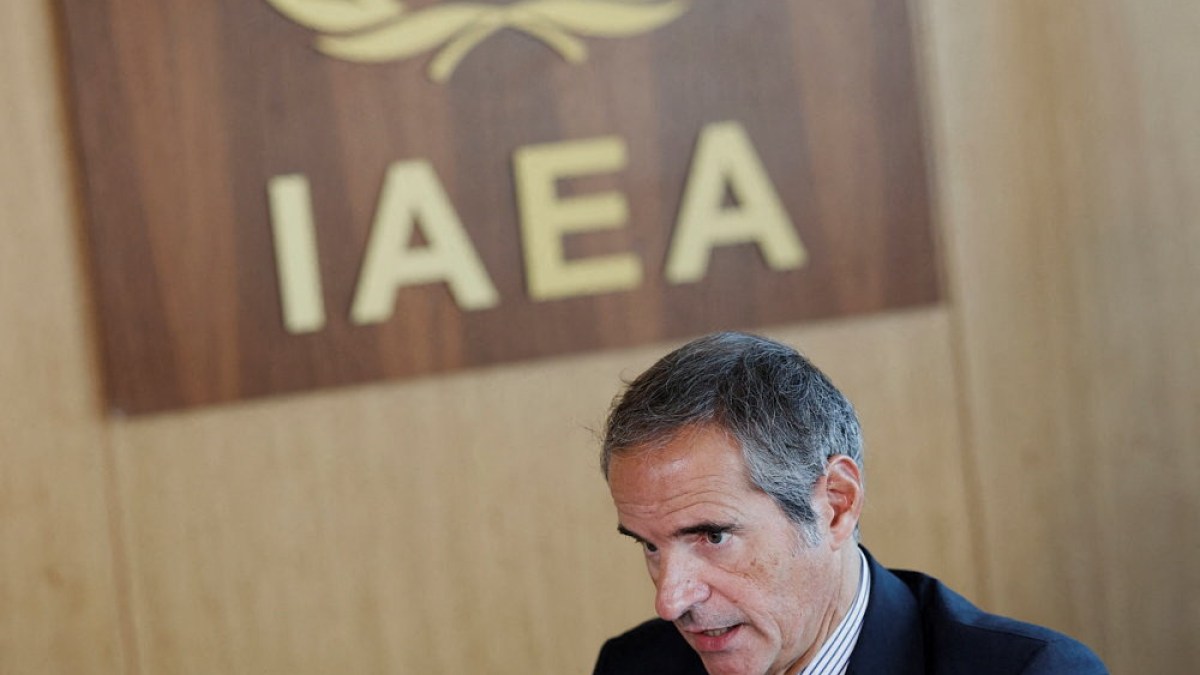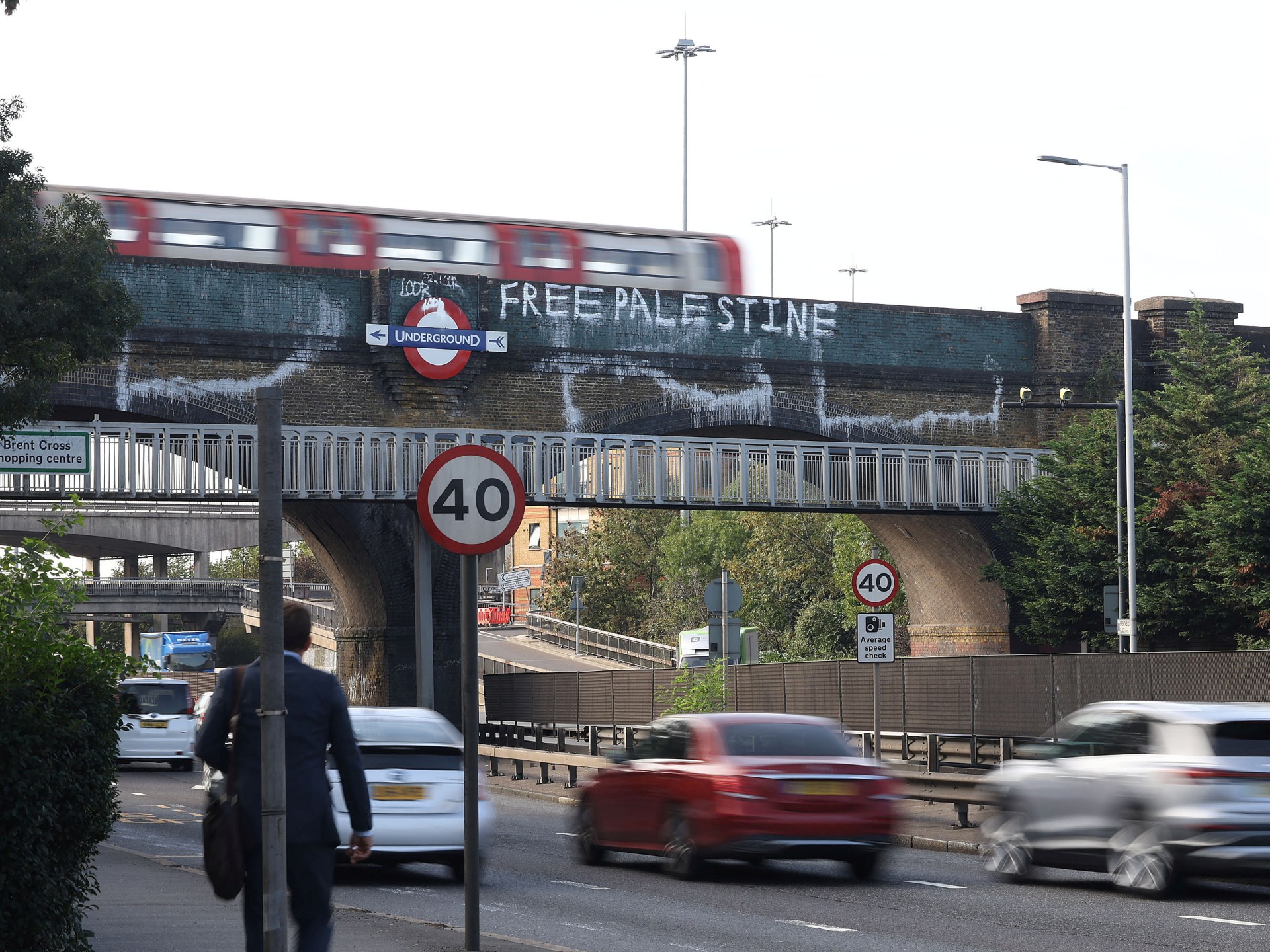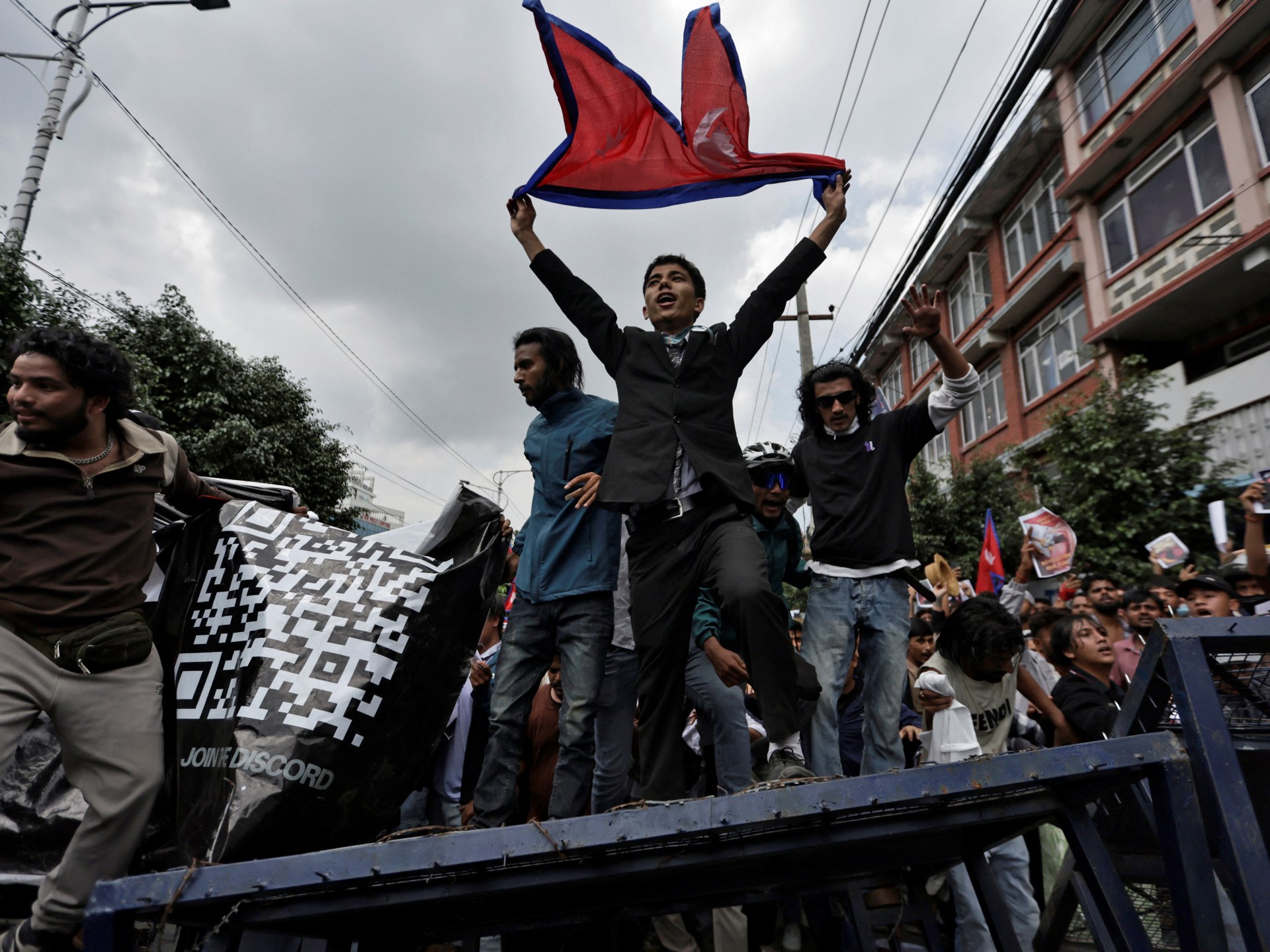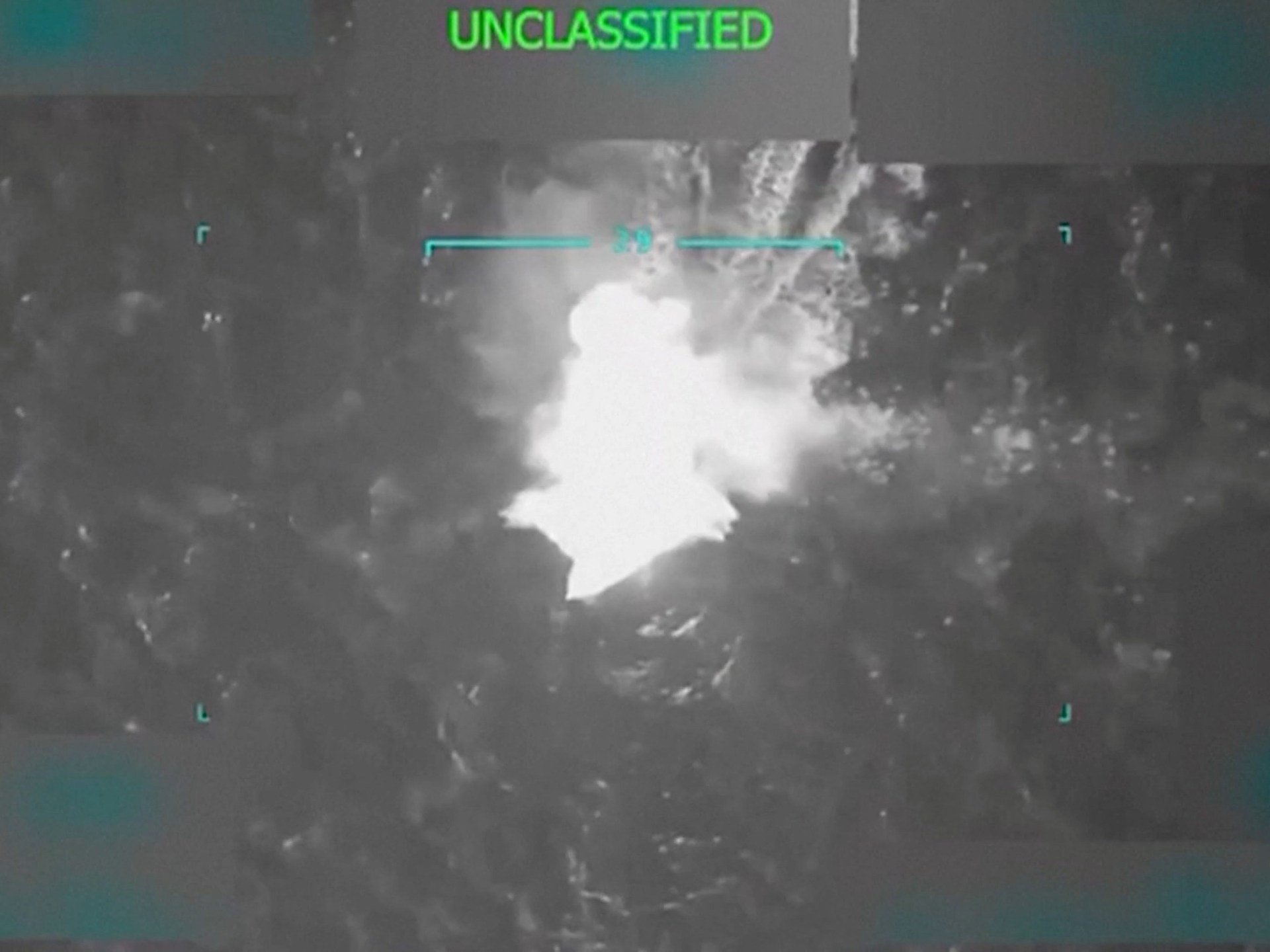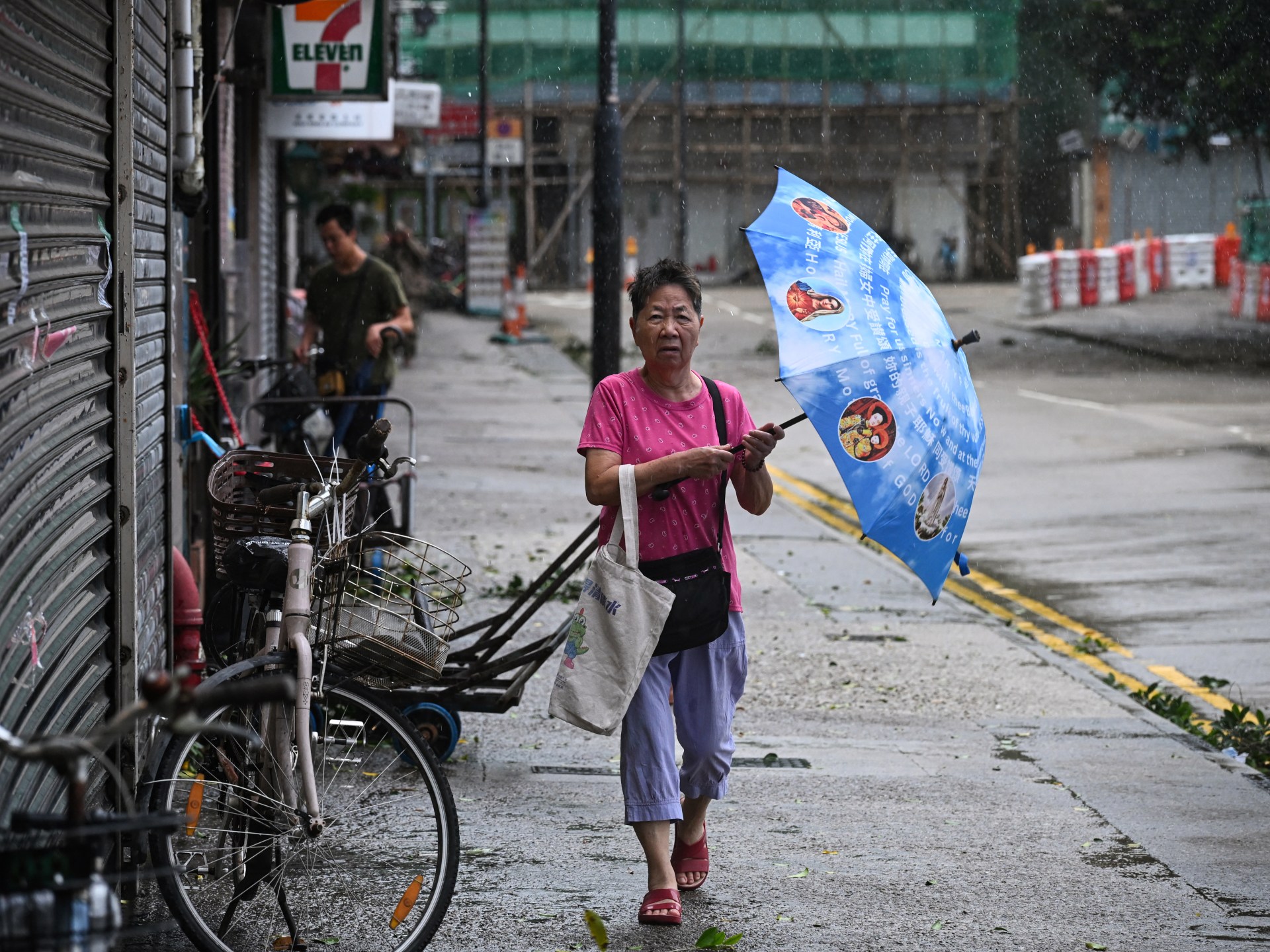Who: South Africa vs Nigeria
What: CAF qualifiers for FIFA 2026 World Cup
Where: Free State Stadium in Bloemfontein, Free State province, South Africa
When: Tuesday at 6pm (16:00 GMT)
How to follow: We’ll have all the build-up on Al Jazeera Sport from 13:30 GMT in advance of our live text commentary stream.
Recommended Stories
list of 4 itemsend of list
Nigeria travel to South Africa looking to get their FIFA World Cup 2026 Confederation of African Football (CAF) qualifying chances back on track against the Group C leaders.
Nigeria, the three-time African champions, are currently third in the group, but they could move as high as second with a victory on Tuesday in Bloemfontein and keep alive their country’s qualifying hopes.
Making the Super Eagles’ task all the harder is that South Africa are unbeaten at home during the group phase with victories against Benin (2-1), Zimbabwe (3-1) and Lesotho (3-0).
Here is all to know about the high-stakes matchup between two of Africa’s most high-profile footballing nations:
Where do South Africa and Nigeria currently stand in Group C?
After seven matches, South Africa have opened up a wide points gap between themselves and the five other teams in the group:
- South Africa: 16 points (+8 GD)
- Benin: 11 points (0 GD)
- Nigeria: 10 points (+2 GD)
- Rwanda: 8 points (-1 GD)
- Lesotho: 6 points (-4 GD)
- Zimbabwe: 4 points (-5 GD)
How many African teams will qualify for the FIFA World Cup 2026?
African World Cup qualifying is arranged into nine groups of six nations.
The nine CAF group winners secure direct entry to the World Cup 2026 while the four best runners-up will participate in an intercontinental playoff for the possibility of securing a 10th spot at the tournament.
Of the nine African groups, only Morocco have already qualified for next year’s World Cup finals in North America.
CAF World Cup 2026 qualification dates:
- First round (November 15, 2023, to October 14): Group stage features 54 teams.
- Second round (November 10-18): Four best group runners-up play in semifinal-final format. Winners compete in interconfederation playoff for potential 10th African World Cup spot.
Could Nigeria still qualify for the FIFA World Cup 2026?
Nigeria could still reach the World Cup finals, but they will be dependent on other teams to finish top of their group.
They need to win against leaders South Africa (Matchday 8), then secure victories in their final two matches (Matchday 9 and 10) against Lesotho and Benin and hope South Africa lose one of their final two games to even have a mathematical chance of directly qualifying as the Group C winners.
If South Africa was to lose one of their final two matches and Nigeria wins both, the teams would be tied on 19 points at the end of the first round with the group winner being decided on goal difference. If they are tied on goal difference, then the two teams’ head-to-head record would be a factor in deciding the group winner.
If Nigeria finished second in Group C, they could potentially qualify as one of the four best runners-up for the intercontinental playoff. If they won the playoff, they would be admitted to the World Cup finals as the 10th African team.
Team news: South Africa
Head coach Hugo Broos will be without his first team defenders Nyiko Mobbie and Thabo Brendon Moloisane after both were injured against Lesotho on Friday. Kaizer Chiefs’ Thabiso Monyane has been called up as a possible replacement for Mobbie against Nigeria.
Burnley forward Lyle Foster, who scored and assisted in the 3-0 home win over Lesotho, is again expected to lead the line against Nigeria.
Team news: Nigeria
Head coach Eric Chelle will be without his talismanic striker Victor Osimhen, who was ruled out of the South Africa fixture after suffering a chin bruise during a 1-0 win over Rwanda on Friday.
Osimhen, who plays for the Turkish side Galatasaray, was considered the biggest goal threat for the Super Eagles, and his absence creates a selection dilemma for Chelle, who is tipped to go with Tolu Arokodare to lead the line, although Cyriel Dessers and Samuel Chukwueze would also be in contention.
In Osimhen’s absence, Moses Simon, Ademola Lookman and Alex Iwobi could all be deployed further forward to add attacking punch to the lineup.

When did South Africa last qualify for the FIFA World Cup finals?
South Africa have appeared in the FIFA World Cup finals on three occasions: 1998, 2002 and 2010.
The last time the Bafana Bafana successfully qualified for the World Cup through the CAF qualifiers was in 2002. In 2010, they were awarded automatic entry as the tournament hosts.
How many FIFA World Cup finals have Nigeria reached?
Nigeria have been to six FIFA World Cup finals but missed out on the most recent tournament in Qatar in 2022.
When was the last time the two sides met in South Africa?
The last time South Africa and Nigeria met in Bloemfontein was during a competitive fixture at the 2019 AFCON qualifiers with the Super Eagles winning the away fixture 2-1.

Possible starting lineups:
South Africa: Williams (goalkeeper); Mdunyelwa, Ndamane, Monyane, Modiba; Mokoena, Mbatha; Nkota, Mbule, Appollis; Foster
Nigeria: Nwabali (goalkeeper); Aina, Fredrick, Bassey, Onyemaechi; Onyedika, Ndidi, Iwobi; Simon; Lookman, Arokodare
Head-to-head
South Africa and Nigeria have played 13 times since 2004.
Nigeria have won six times while South Africa have only one victory.
The sides have played out six draws.
Last five matches:
South Africa
W-W-W-W-W (all competitions, last result on the right)
Nigeria

